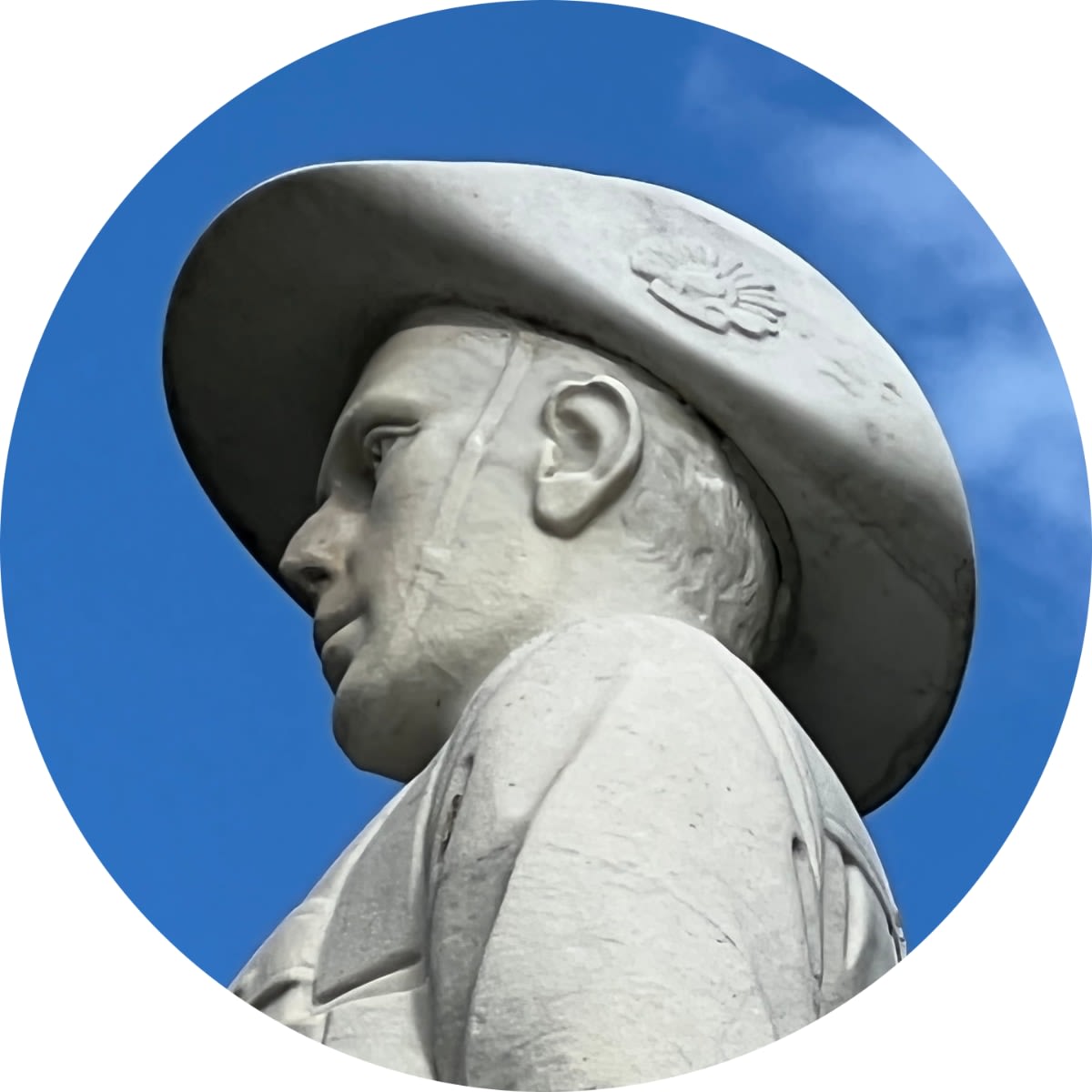
Celebrating the life of
The First Convoy
The First Convoy of troopships departed King George Sound in Albany at sunrise on 1 November 1914. For many of the 30,000 onboard, this would be their last glimpse of Australia as they embarked on one of the longest journeys to war in the history of the world. LEST WE FORGET
Join Memories to request access to contribute your cherished photos, videos, and stories to The First's memory board with others who loved them.
Join Memories